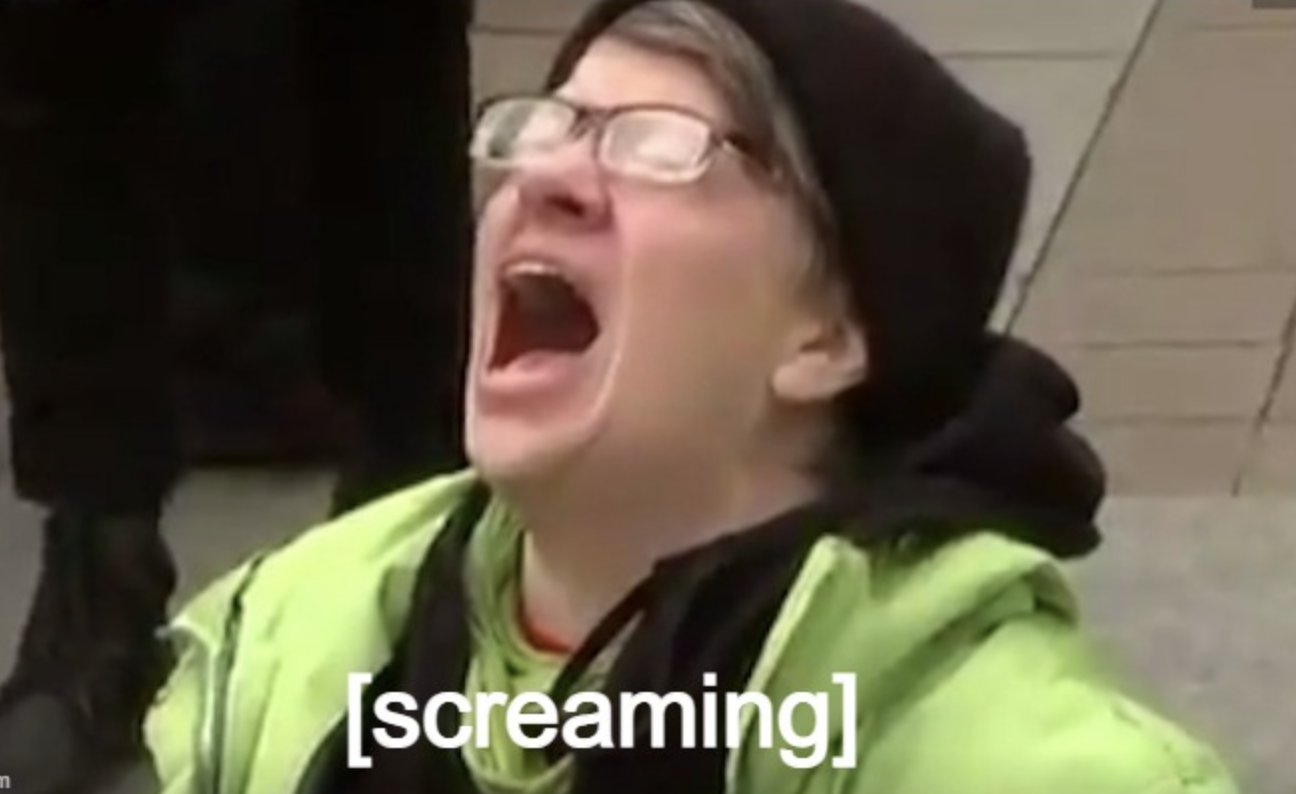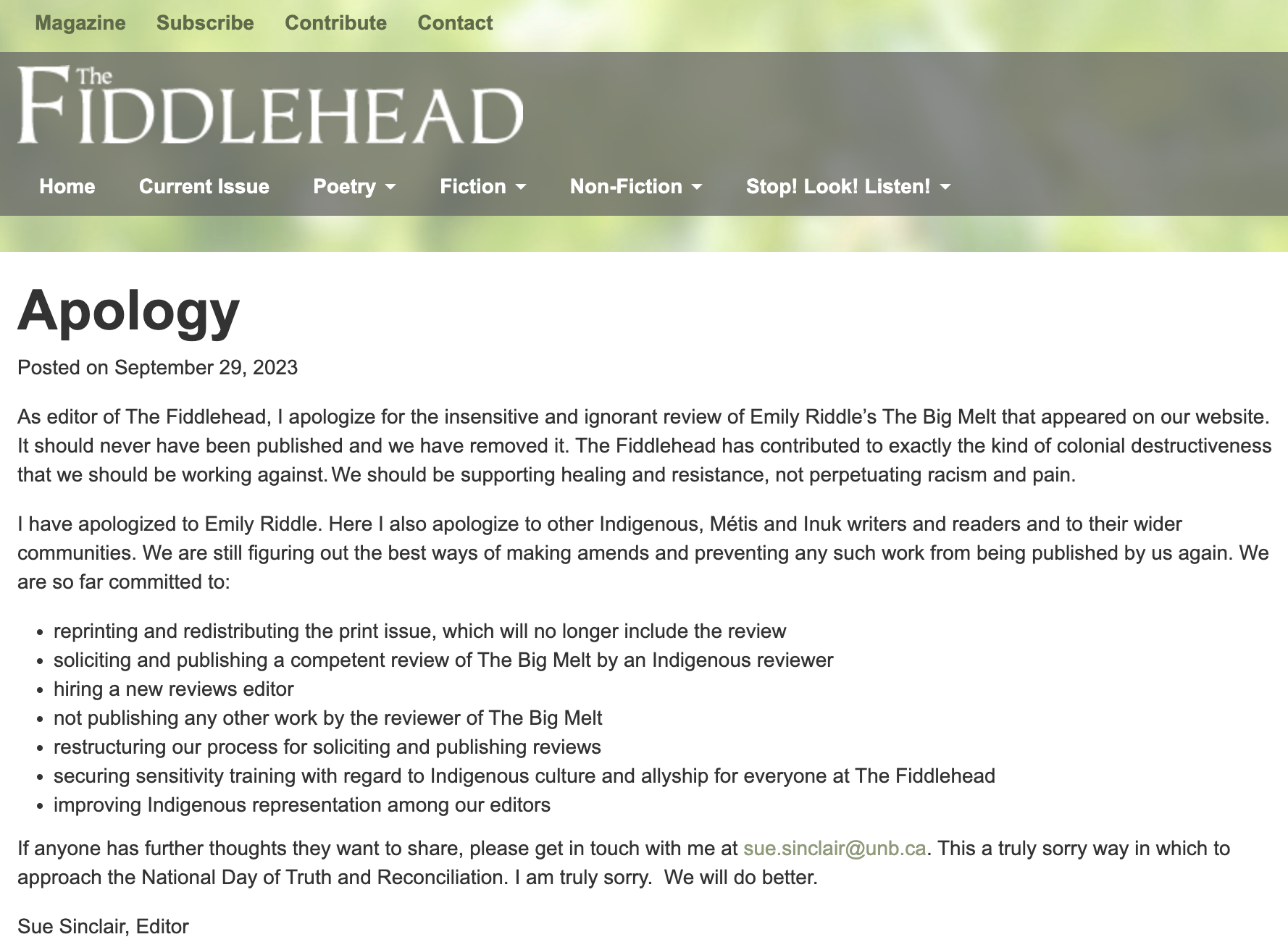Sajeeta Saroop is a creative and strategic communications leader with over twenty years experience working with companies such as TransLink, BCAA, Canadian Cancer Society and BC Hydro.
 OM: Quite cluelessly, I assume a company’s brand is the public’s general perception of that company. If the public perception does not match reality, that’s where you come in. How far off the mark is that? What is your definition of brand?
OM: Quite cluelessly, I assume a company’s brand is the public’s general perception of that company. If the public perception does not match reality, that’s where you come in. How far off the mark is that? What is your definition of brand?
SS: I’ve always liked David Ogilvy’s definition of a brand. “The intangible sum of a product’s attributes: its name, packaging, and price, its history, its reputation, and the way it’s advertised.” It has stood the test of time.
My simple definition is how the public thinks, feels, and sees a brand. It’s all about perception, which can be subjective.
Here’s a tangible example. Glutino is an excellent, high quality gluten free product. However, I have a negative connotation every time I hear the name. I think of gluttony and getting fat. Ironic, I know. How can that company change my perception? I guess that’s the million-dollar question. Not a simple feat. 🙂
To me, the branding process is about “Uncovering and Telling the Truth”. The truth about a company’s values, the truth of how a product works. The ‘truth’ is always easier to align with people’s perception of reality. Concocting the ‘truth’ never works, especially in the new world of social media. Brands should be authentic and true to the nature of a company’s product or service they are selling. However, discovering the truth can be the most difficult part of the exercise. All companies that enter the marketplace that want to be successful have something unique going for them. My job as a brand strategist is to figure out what makes a company unique and differentiated by delving into what’s real and true. It’s also about making sure customer perceptions match ‘reality’.
OM: How is public relations different from branding? I’m guessing that PR is tactical and reactive while branding is more strategic? Brand also seems broader, related to identity, something that would help direct advertising and public relations.
SS: Yes, the company’s brand is the heart and soul of an organization. It’s a strategy that sets the tone for the whole organization – internally and externally. There are many ways to communicate a company’s brand. PR is one of many tactics.
OM: Can you describe a few of the branding campaigns you’ve worked on?
SS: Two re-brands I worked on that I enjoyed the most were in the charity sector. I had the opportunity to be involved in the Canadian Cancer Society re-brand that happened 6 years ago. This included the refresh of the overall image and the focus on the daffodil (including the daffodil pin that you see people wearing today). The CCS wanted to be positioned as the Leader in the Fight against cancer. I worked in Toronto to develop and launch the National “Fight” Campaign, which consisted of a microsite, TV commercials, radio, print, and video. A link to the video can be found here.
Muscular Dystrophy Canada was on the verge of bankruptcy when I was brought on board to help re-invigorate the brand. I worked in conjunction with a few Toronto-based agencies to develop creative campaigns to raise awareness and funds for the 50,000 Canadians affected by Muscular Dystrophy. The result of the campaigns (and operational efforts) was double-digit net growth in just one year. Linking creative to achieve business objectives made it feel successful. The best part of this project was learning how to be thrifty, yet impactful, using the annual budget that most companies spend on airing one TV commercial.
Smith Roberts flexes its muscles for non-profit
OM: Currently you’re on the board of the New Westminster Pride Society. My spy tells me that you’re interested in making this event more inviting for the general public. How would you do this? It sounds like it would be difficult to push for something more inclusive while retaining the qualities that made it popular for core participants in previous years. The more I think about it, the more complicated it seems.
SS: Yes, it’s great to be a part of New West Pride and use my marketing skills to support the Society and the local LGBTQ+ community at large. The New West Pride festival is a huge community-building event that drew about 25,000 participants last year. This year, it’s going to be bigger and bolder. I’ve always been interested in social injustice issues. I do think that the event can ‘inclusive’. Just as ‘white’ (for lack of a better word) people can support multiculturalism and race issues, I believe straight people can support Pride. Simple, right?
OM: Let’s talk about New Westminster, your new home. What do you think of it so far? I think it has great potential, but it’s not quite there yet. There was a spurt of activity and growth leading up to Expo 86, but it seems like they didn’t build on that. I’ve always loved the downtown core of Port Moody because nature, commerce, transportation, and urban density seem well balanced. I see a similar future for New West if it’s managed correctly. How would you work your branding magic on New West?
SS: I love the City of New West. In fact, I love it more than I originally thought I would when I first moved here. The City has bold plans to transform the city: the waterfront re-design, a re-invigoration of the downtown core, plus so much more. I think it will take some time for the city to evolve. The demographics are shifting and will change even more after the two new BOSA towers are built on the Quay. I think it will be a fantastic mixed community of seniors, youth, blue and white collar and everything in between. New West keeps it real. It’s not ‘sanitized’ like most developing communities. I like that.
OM: If I had a pile of money to push in your direction, what could you do for my brand? As a white, hetero male, there is no group or tribe I can use to develop support. Ordinarily, you could do something with the content of the book, but since it’s short stories I’m trying to sell, there is no central theme.
SS: That is a GREAT question and something I’ve been thinking about – the plight of the straight, white male. It sounds comedic, however, there is some underlying truth to the topic. I’d like the opportunity to sit down with you and discover your brand. 🙂




Hire her! I really found this interesting because I gave myself far too much credit about how I choose to spend my time/money, merchandise or charity. The assumption is that I made up my own mind, when in fact there is a team of people that really have made my mind up for me long before I started digging out my wallet.
If someone has managed to pry money out of this cynical curmudgeon’s wallet, they have definitely earned it. I’m thinking of the guys who started the Ice Bucket Challenge last year.
Thanks Tiffany!
Sajeeta, your comments about Glutino made me think of another counter-intuitive branding situation. A&W sells something called “Chubby Chicken”. You’d think the last thing they’d want to do is remind people of the calorie count, but I suspect this has more to due with nostalgia than the shocking revelation that they serve high calorie food. The “no anti-biotics or hormones” campaign has been a spectacular success. Other chains have responded by claiming that their beef is Canadian, which is not necessarily the same as anti-biotic or hormone free, but some might assume it is. Full disclosure: A&W is one of my wife’s former clients and we both own this juicy, dividend-spewing stock.
Great question Oscar. In this case, I think the word “chubby” works. Everyone craves a plump, juicy morsel of chicken… ummm, chicken 🙂 Together with A&Ws no hormones / grass fed messaging, I think chubby works brilliantly! Now Fatburger on the other hand is another story…